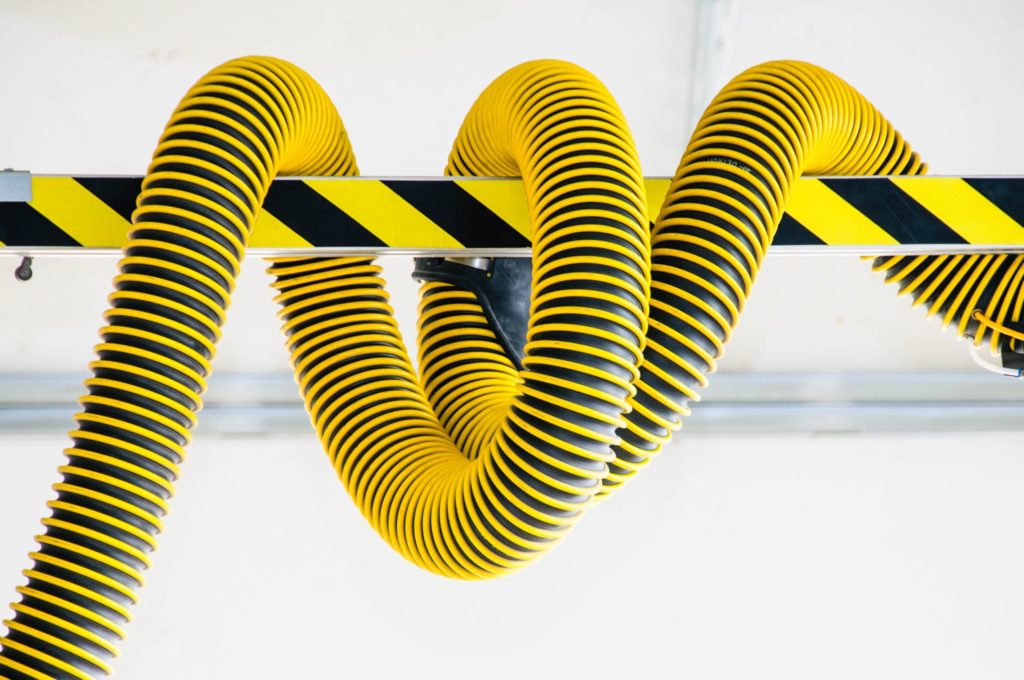Obligations in safety and health protection at work versus HSE control
I would like to draw attention to some basic shortcomings from practice. Companies, entrepreneurs, legal entities, institutions often do not know what their obligations are to ensure safety and health protection at work. This is unfortunately very common. Many have been running a leading trade or small business for years without realizing that such demands are placed on them.
What obligations does a legal entity have in health and safety?
These obligations are set out in Act 124/2006 Act on Safety and Health Protection at Work and on Amendments and Supplements to Certain Acts, as amended, often referred to as the “Occupational Health and Safety Act”.
To whom it concerns?
“Employers” have obligations under this law. What should we imagine under the term employer?
a) an employer is a individual or a legal entity who
- employs a individual in an employment relationship or in a similar employment relationship
- conducts practical teaching of secondary school, students of a vocational school, and university students,
So, as soon as you employ even 1 employee, you have an obligation to ensure health and safety.
What are the duties?
There are more of them, but let’s mention at least a few:
- implement safety measures
- improve working conditions
- identify hazards and threats, assess risk and prepare a written assessment document
- ensure that workplaces, communications, work tools, materials, work procedures, etc. did not threaten the safety and health of employees and to that end ensure the necessary maintenance and repairs,
- ensure that chemical, physical, biological factors do not threaten the safety and health of employees,
- remove or reduce risk, take measures
- replace strenuous and monotonous jobs and chores
- to take measures to exclude threats to life and health
- set safe work instructions
- develop in writing and, as necessary, evaluate and update the concept of the safety and security policy
- issue internal regulations, rules, policies, directives
- develop and, as necessary, update your own list of jobs and workplaces prohibited for pregnant women, juvenile employees
- keep and keep prescribed documentation, records and logs
- classifying employees for the performance of work with regard to their health status
- ensure the assessment of individual physical abilities of the employee when handling loads manually
- ensure the implementation of health supervision
- provide employees with breaks at work for reasons of safety and health at work
The employer is obliged to ensure safety and health protection at work through personal protective work equipment
- create a list of provided personal protective work equipment
- provide free of charge the necessary effective PPE to employees who require it to protect their life or health and keep records of their provision
- maintain personal protective work equipment in usable and functional condition and take care of their proper use.
The employer is obliged free of charge
- to provide employees with work clothes and work shoes if they work in an environment in which the clothes or shoes are subject to extraordinary wear and tear or extraordinary pollution,
- provide employees with a drinking regime
- The employer is obliged to ensure that the employees of another employer and natural persons who are entrepreneurs and are not employers, who will perform work at his workplaces and on his premises, receive the necessary information and instructions to ensure safety and health protection at work valid for his workplaces and premises
- The employer is obliged to issue a ban on smoking in the workplace
- The employer is obliged to take care of the safety and health protection of all persons who are with his knowledge at his workplaces or on his premises
- The employer’s tasks in the area of health and safety at work must be ensured by senior employees at all levels of management in the scope of tasks resulting from their functions. These tasks are an equal and integral part of their job duties.
- The costs associated with ensuring safety and health protection at work must be borne by the employer; these costs may not be transferred to the employee.
All theory, dear friend, is grey, but the golden tree of actual life springs ever green
The most important requirement is the provision of a safety and technical service. This will allow you to realistically fulfill the above.
- §21 The employer is obliged to provide a safety service for employees. The employer is obliged to appoint a sufficient number of its own professional employees to perform the safety technical service
If the employer, taking into account the size of the organization, the number of employees, working conditions, scope, nature and distribution of hazards and the risks arising from them, does not have enough professional employees, he is obliged to contractually agree on the performance of the safety technical service as a supplier with one or more natural persons who are entrepreneurs, or with legal entities that are authorized to perform security technical services.

Can I deal with health and safety myself?
You can, but we don’t recommend it. Entrepreneurs often do not have the time and necessary knowledge to perform OSH. Securing technical security services for small companies starts from just tens of €.
Pursuant to the Health and Safety Act, if you employ up to 5 or 19 employees (depending on the type of activity), the employer can perform the professional tasks of a safety technician after completing occupational health and safety training (16 hours), or if he has graduated from the field of health and safety.
Where does it fail?
“I do not have time.”
“We will deal with it when we grow.”
“In the past, we (didn’t) handle it this way.”
“Not even the neighbors across the street have it.”
This is a selection of the most frequent “buts” from practice. The need arises only when an accident occurs, or when it is required by the customer or inspection. Usually by then it is already too late. Procedures and documentation that are created gradually, a culture that is built over the long term, won’t happen in 1 day.Employees who have suffered a work accident, often through no fault of their own, won’t sign you for retraining and the like.
Who checks it?
The state supervisory body is the Labor Inspectorate. It is carried out according to Act 125/2006, as amended. The aim is to supervise how the employer performs the duties mentioned above. Nothing more and nothing less. The labor inspectorate has the right to impose a fine of €100 to €1,000. 1,000 to 200,000€ to the employer. Other competences include ordering measures or prohibiting the use of workplaces, machines or motor vehicles.
So what can I add to this in the end?
Do not underestimate safety and health protection. This process is there to protect people’s lives and health. At the same time, you protect yourself and your business. Do not wait for an accident, the right time or when the financial situation allows. Contact us today so we can recommend the right solution for you.
If you need help, do not hesitate to contact us
MM Safety





